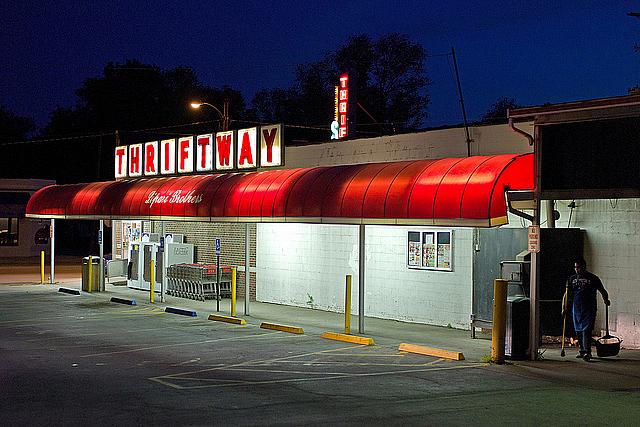A tale of two Kansas counties: A look at health disparities and the lives behind the data

They are literally across the street from one another, but when it comes to health, Johnson and Wyandotte counties might as well be in different countries. The two counties make up most of the western half of the Kansas City metro area, which straddles the Kansas-Missouri state line, and their residents share a similar physical environment and access to health providers. But according to the Robert Wood Johnson Foundation, the largely white, professional Johnson County has the best health outcomes in the state, while diverse, working-class Wyandotte County’s outcomes are among the very worst.
Though many projects led by city health departments, the University of Kansas and nonprofit groups have studied the health disparities or attempted to address them, their results have been mixed. Frequently, studies examining obesity or mental health issues, for example, have been narrowly focused and seem to ignore the cumulative effects of factors including poverty, low education levels and cultural differences. While many outreach efforts have proven successful, other fail to achieve their goals because they misunderstand the problems or do not adequately engage the communities they aim to help.
With the funding provided by a Dennis A. Hunt Fund for Health Journalism grant and training offered by the 2015 National Health Journalism Fellowship, I plan to explore how health disparities are being addressed in the two counties, what kinds of initiatives have been most effective, and what approaches have not significantly improved health. The reporting will include talking with health outreach organizations and reviewing their data, but I will also place equal weight on the input gathered from community members themselves.
To engage with and find sources in the two counties, I will conduct listening sessions and community meetings focusing on health with the help of my station’s community engagement team and our community partners. Though the particulars of these sessions will be developed as I plan with my editor and our partners, these sessions will likely be designed to reach out to specific communities, such as Vietnamese immigrants, Mexican migrant workers and Congolese refugees. These meetings and sessions may take place at churches, community centers or libraries. They will provide community members with outlets to offer their opinions on health issues in their communities and help me understand what health issues matter most to them. I also plan on reaching out through social media outlets with similar goals, though I anticipate more lively and candid dialog will be found through face-to-face contact with community members.
The focus of the reporting will largely be determined by information gathered through community outreach, though there are certain types of stories and areas of focus within health that I think may provide the most interesting stories. In my own reporting on health topics such as the Affordable Care Act and food deserts, I have found that simply providing access to improved health services, healthier food and so forth often is not enough to change health or behaviors. Health improvement efforts often do not succeed because those providing help fail to connect with communities or community members themselves are unable to make lasting changes. I am particularly interested in the challenges of working with diverse communities and how permanent lifestyle changes can be fostered.
This community engagement will pave the way for a handful of radio stories, each focusing on a different health issue. My radio work is largely influenced by National Public Radio; my stories are usually sound-rich, narrative and driven by scenes and characters, rather than numbers and data. Though I use data to explain the larger significance of an issue, I generally prefer to focus on individuals’ or families’ stories to provide the audience with characters it can connect with and relate to. In addition to the radio stories, I will write articles for our website and work with digital content creators to present data through accessible online graphics or maps. With the help of reporting partners at Kansas City’s PBS station, I will also provide video as part of the online offerings.
Beyond the inherent interest of the stories themselves, I believe this project will offer a real service to Kansas City area residents. I’m constantly looking for ways to inform our audience about broader health issues in our region. This larger scale project will be an opportunity to tell a deeper, more nuanced story than what’s possible via breaking news coverage. It could help steer policy discussions and community dialogue that, with any luck, would inform lawmakers and community health specialists about the need to address the area’s health disparities and how best to address them.
[Photo by Kelly Burkhart via Flickr.]

